Ephesus: The Ancient City of Wonders
The Rich History of Ephesus
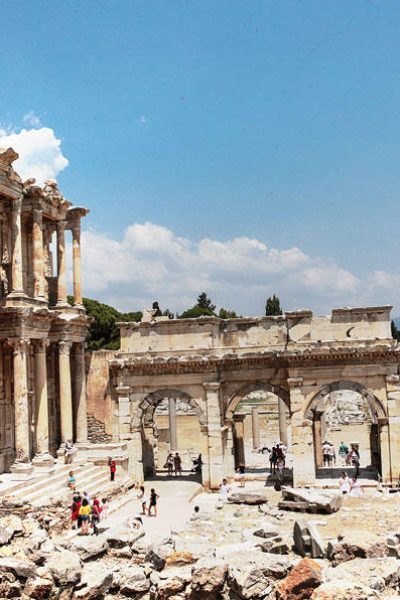
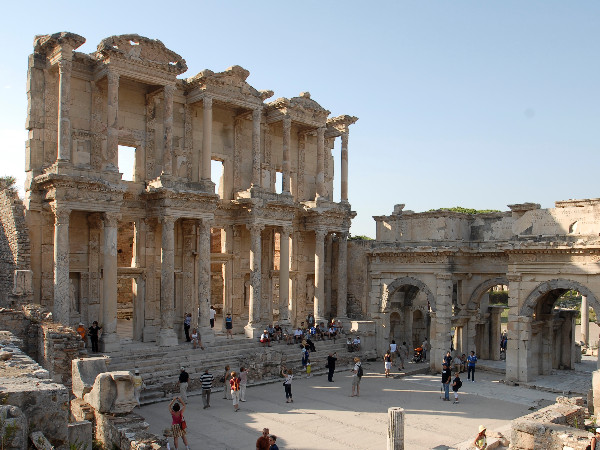
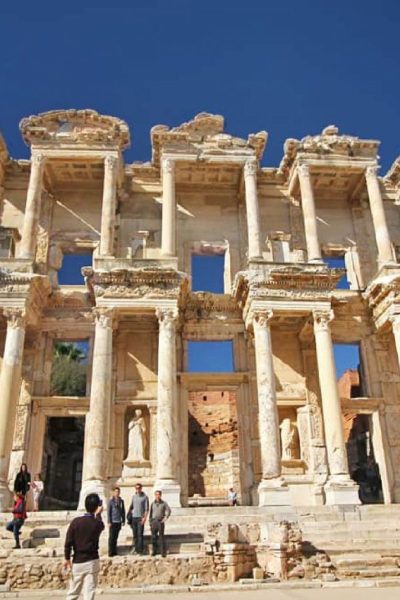
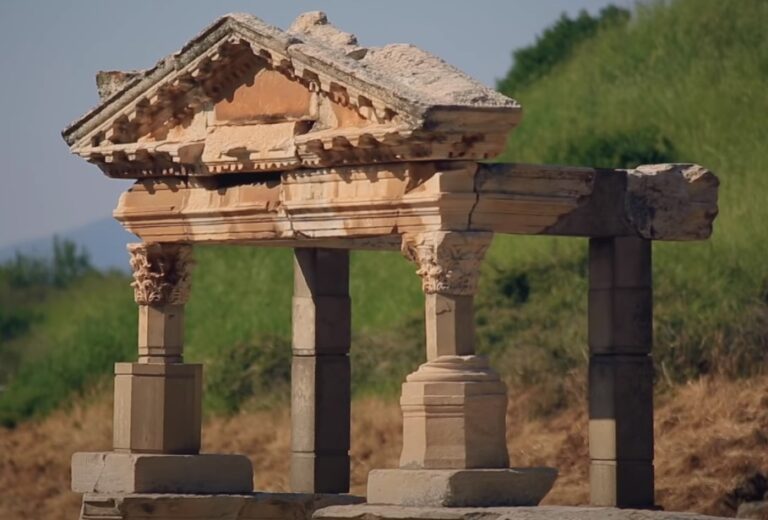
Ephesus, one of the 12 mighty cities of the Ionian League when it was founded in the 11th century B.C., at one time boasted a sprawling population of 200,000.
There are two main stories regarding its origin. The first claims that it was established by the Ionian prince Androclos, who selected the location based on guidance from the oracles in Delphi during his search for a new Greek city.
The second version attributes the name of the ancient city to the legendary Amazon warrior-queen, Ephesia.Fast forward to Roman times, Ephesus was designated as the proconsular capital of western Asia Minor, which included Lydia, Caria, and much of Phrygia. Artemis (known as Diana by the Romans), the twin sister of Apollo and goddess of hunting, wild animals, and the moon, was widely worshipped in the region. The Temple of Artemis, located in Ephesus, was one of the Seven Wonders of the Ancient World. In addition to Zeus, Artemis, and Apollo, it is believed that 15 other gods and goddesses were worshipped in Ephesus at one time.
In the first century, Ephesus became a key hub in the spread of Christianity and served as a significant base during the early days of the religion. Under Roman rule, monotheism began to flourish from this region.

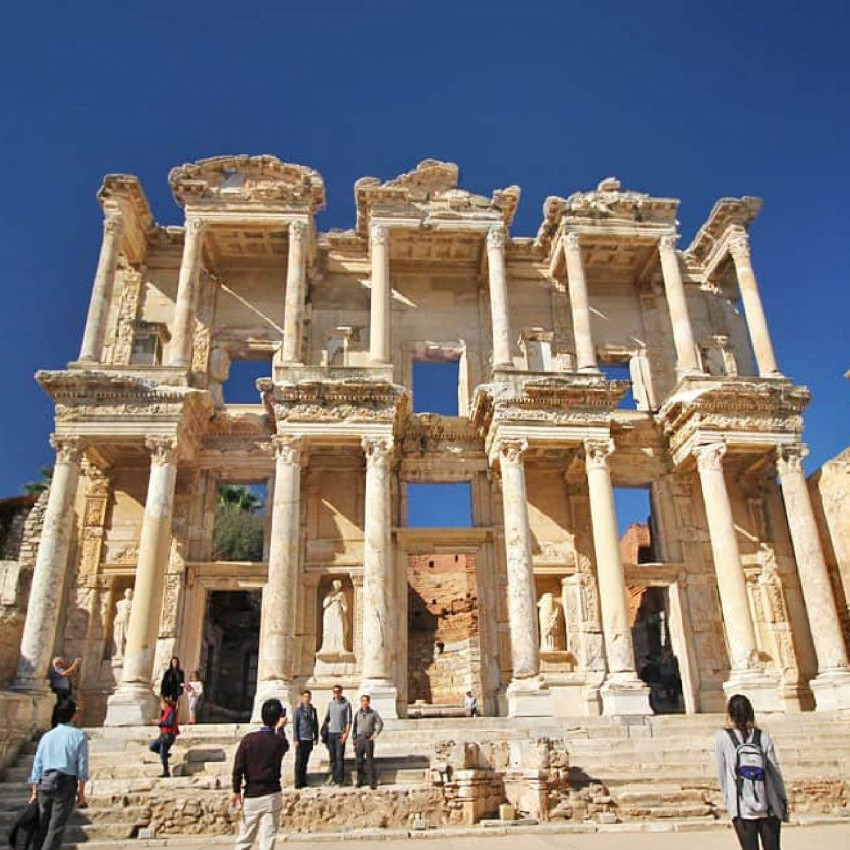
Meanwhile, 7 kilometers from Selçuk and just outside Ephesus, lies the modest stone-built House of the Virgin Mary, or “Meryem Ana” as it is known in Turkey. Today, it is regarded as one of the holiest sites in both Christianity and Islam.
According to Catholic tradition, Mary, the mother of Jesus, was brought to this stone house by St. John, where she lived until her Assumption into heaven. After years of debate, the house was officially recognized as a Catholic pilgrimage site in the 1800s. If you’re still unsure of its sacred significance, consider that three popes have visited the site: Pope Paul VI in 1967, Pope John Paul II in 1979, and Pope Benedict XVI in 2006.
The third-century Gothic invasion led to the destruction of Ephesus and the Temple of Artemis, the city’s iconic attraction that had sustained its struggling economy, triggering its irreversible decline.
Later, Emperor Theodosius eradicated all traces of Artemis from the city, stripped women of many privileges, and built Christian churches on the ruins of the temple.
Over time, the harbor of Ephesus silted up, rendering it unusable and forcing residents to migrate. The city was further devastated by a major earthquake, invasions, and continuous power struggles. By the time the Ottomans took control in the 15th century, Ephesus was a shadow of its former self, despite a brief revival under Selcuk rule.
The city largely faded from memory until 1863 when archaeologists began excavations.
Although many ancient artifacts unearthed during these digs now reside in Austria, the United Kingdom, and Germany, the sturdy marble structures and columns of Ephesus remain in sunny Izmir. In case you’re wondering, the initial excavations were funded by these countries, which explains why so many relics are scattered worldwide.
The first excavations were led by English railway engineer John Turtle Wood in the 1860s and spanned 30 years. Later, in 1895, Austrian and German archaeologists, headed by Otto Benndorf and Carl Humann, continued the work. The mention of Ephesus and its people in the Bible has drawn countless tourists to the region, with visitor numbers estimated at around one million annually.
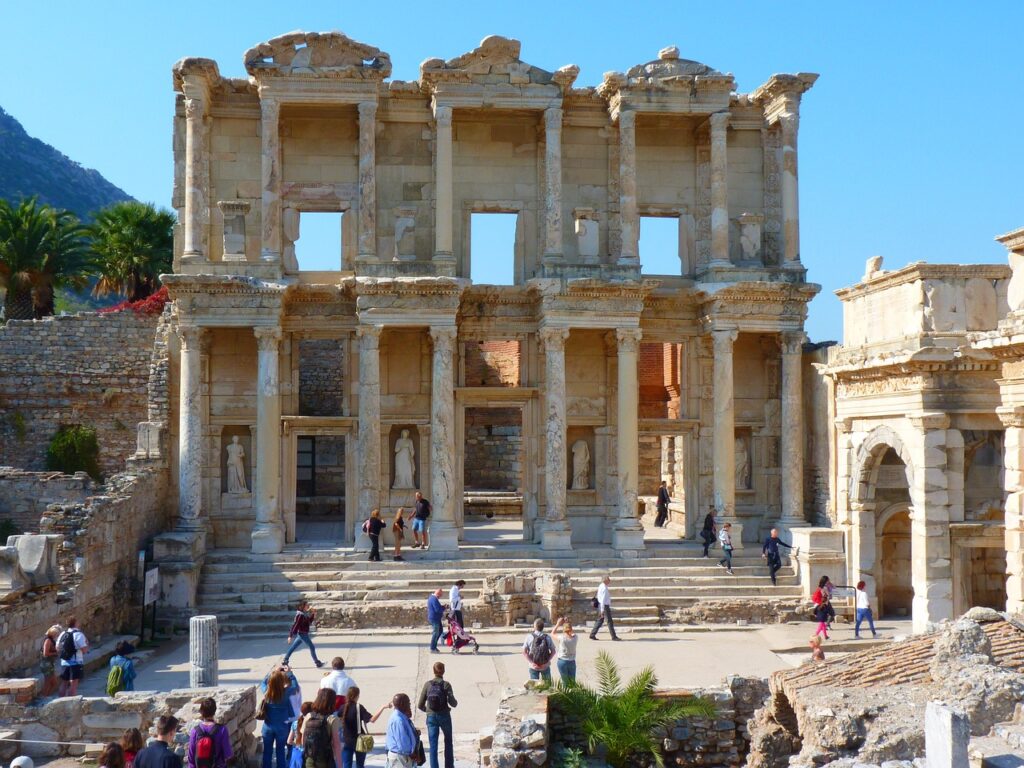
Terrace Houses in Ephesus
The Terrace Houses, also known as the “Houses of Ephesus,” are a fascinating archaeological site within the ancient city of Ephesus. Located on the slope of the city’s main hill, these residential buildings offer a unique glimpse into the daily life of Ephesus during the Roman period.
Built between the 1st and 7th centuries AD, the Terrace Houses were inhabited by wealthy citizens and showcase the advanced architectural and artistic skills of the time. The houses are renowned for their impressive mosaics, intricate frescoes, and sophisticated layout, including private baths, courtyards, and elaborate heating systems known as hypocausts.
These multi-story homes were designed with a focus on luxury and comfort, featuring detailed floor plans and beautiful decorations. The mosaics and frescoes discovered here depict a range of subjects from mythology to daily life, providing valuable insights into the culture and tastes of ancient Ephesus.
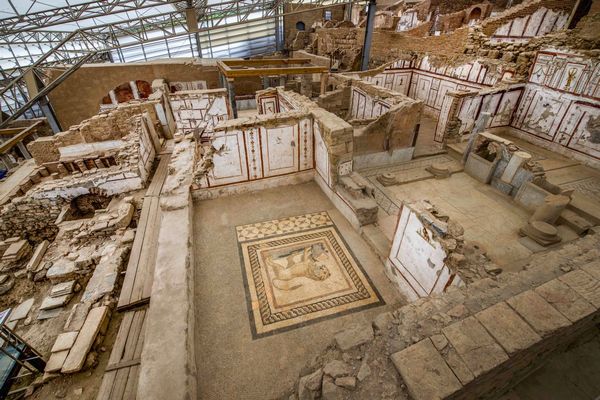
Photos by Murat ÖCAL
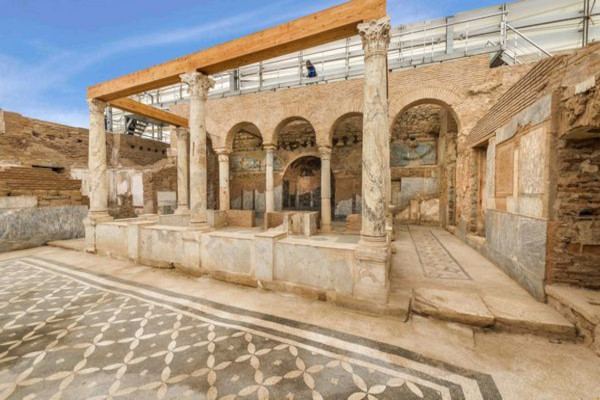
Photos by Murat ÖCAL
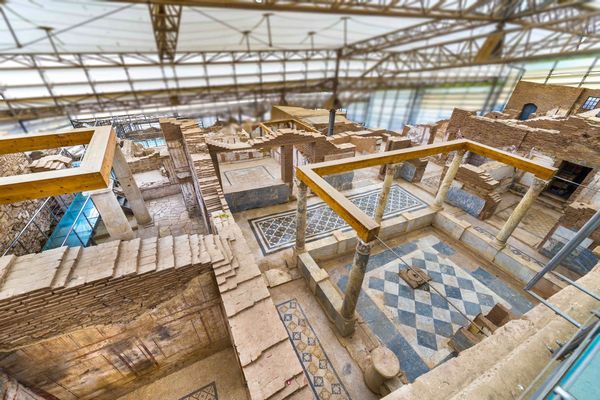
Photos by Murat ÖCAL
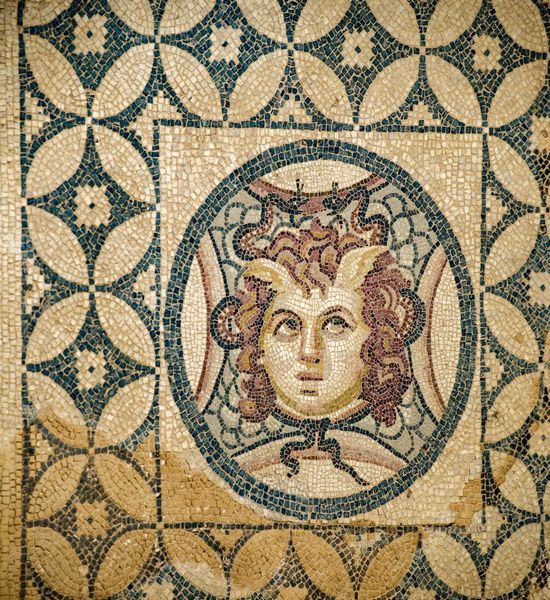
Photos by Murat ÖCAL